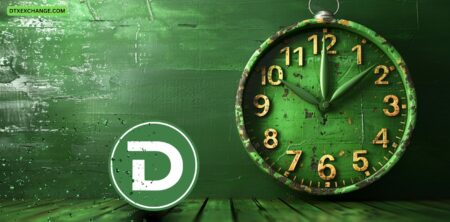Amidst a sea of burgeoning ICOs, BlockDAG emerges as the leader with its moon-themed keynote teaser sparking global investor interest. The platform’s…
Noteworthy News
NFT Evening has covered some of the most important tech events in history. From NFT news, to metaverse, blockchain gaming, AI, and digital fashion, you can find the all of the most important news stories here.
Want something more in-depth? Check out our guide on What an NFT is!
Need some context? Brush up on your jargon with our guide on NFT Terminology.
BlockDAG has set the crypto community abuzz with a new moon-themed keynote teaser, underscoring its lead in the top 10 ICOs…
Although the world of digital assets is dynamic, three contenders, DTX Exchange (DTX), Shiba Inu (SHIB), and Cardano (ADA), have emerged as the focal point of…
The latest report by NonFungible.com highlights a big milestone in the NFT lending world. In the first part of 2024,…
At the Moco Museum, FC Barcelona presents its first two NFTs. Empowerment dedicated to Alexia Putellas and In a Way,…
Moments of anticipation and excitement often represent the potential for groundbreaking shifts in the crypto market. Currently, all eyes are…
The 2024 crypto landscape is vibrant with promising initial coin offerings (ICOs), with each new coin promising to redefine blockchain…
As the cryptocurrency sector demands enhancements in speed and security, various platforms like Algotech and Polygon (MATIC) are advancing with…
Crypto presale events are opportunities in the industry for projects to showcase the strength of their ecosystem and give savvy…
Amid fluctuating market conditions, the Solana price mirrors the broader instability influenced by Bitcoin’s trajectory. Concurrently, Dogecoin values have seen…
In the ever-dynamic world of cryptocurrencies, the spotlight now shines brightly on AI altcoins like Near Protocol (NEAR) and Render…
Highlighting a concerning trend during Mr. President’s speech honoring the 22nd Anniversary of the National Movement for AML and Terrorism…












